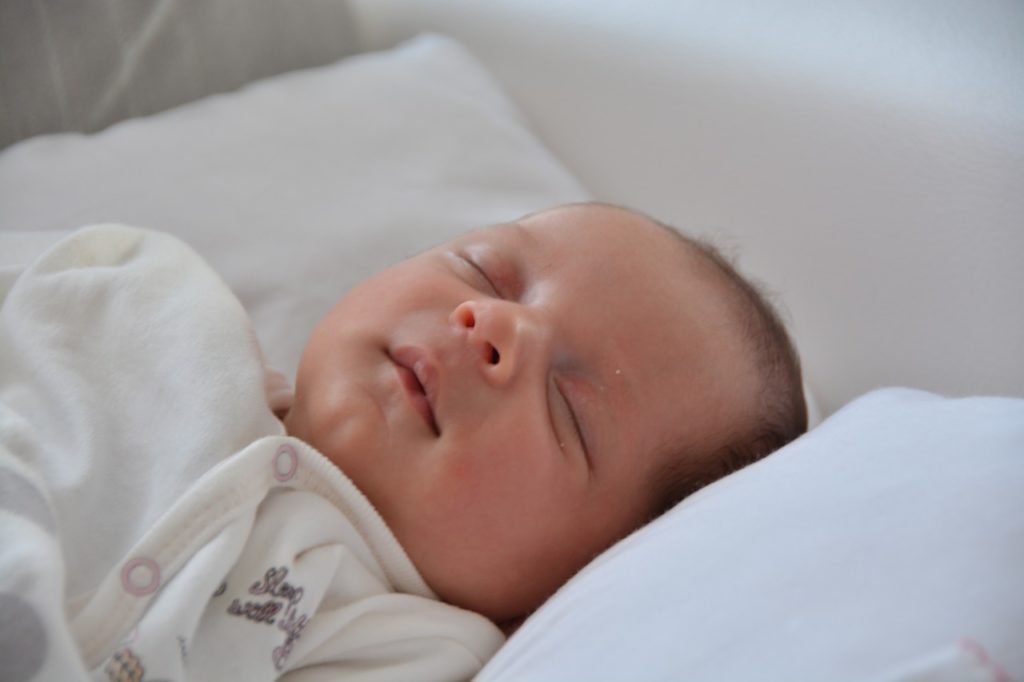
Safe sleep and SID reduction
Safe sleep practices help reduce the risk of sudden unexpected infant deaths (SUIDs). All staff, parents/guardians, volunteers and others approved to enter rooms where infants are cared for should receive a copy of the Safe Sleep Policy and additional educational information and training before they are allowed to care for infants.
All staff, parents/guardians, volunteers and others approved to enter rooms where infants are cared for should receive a copy of the Safe Sleep Policy and additional educational information and training before they are allowed to care for infants
Documentation that training has occurred and that these individuals have received and reviewed the written policy before they care for children should be kept on file.
The lighting in the room must allow the caregiver/teacher to see each infant’s face, to view the color of the infant’s skin, and to check on the infant’s breathing and placement of the pacifier (if used).
A caregiver/teacher trained in safe sleep practices and approved to care for infants should be present in each room at all times where there is an infant and should check to ensure that the infant’s head remains uncovered and re-adjust clothing as needed.

The construction and use of sleeping rooms for infants separate from the infant group room is not recommended due to the need for direct supervision.
The facility should encourage, provide arrangements for, and support breastfeeding. Breastfeeding or feeding an infant with their mother’s expressed breast milk is also associated with a reduced risk of sleep-related infant deaths.
Despite the decrease in deaths attributed to sleeping practices and the decreased frequency of prone (tummy) infant sleep positioning over the past two decades, some caregivers/teachers continue to place infants to sleep in positions or environments that are not safe.
Most sleep-related deaths in child care facilities occur in the first day or first week that an infant starts attending a child care program, many of these deaths appear to be associated with prone positioning, especially when the infant is unaccustomed to being placed in that position.
Use of safe sleep policies, continued education of parents/guardians, expanded training efforts for child care professionals, statewide regulations and mandates, and increased monitoring and observation of infants while they are sleeping are critical to reduce the risk of SUIDs in child care.
Infants who are cared for by adults other than their parent/guardian or primary caregiver/teacher are at increased risk of SUID.
If caregivers/teachers or parent/guardian are unaware of the dangers or risks associated with prone or side infant sleep positioning, they believe that they are using the safest practices possible, even when they are not.
